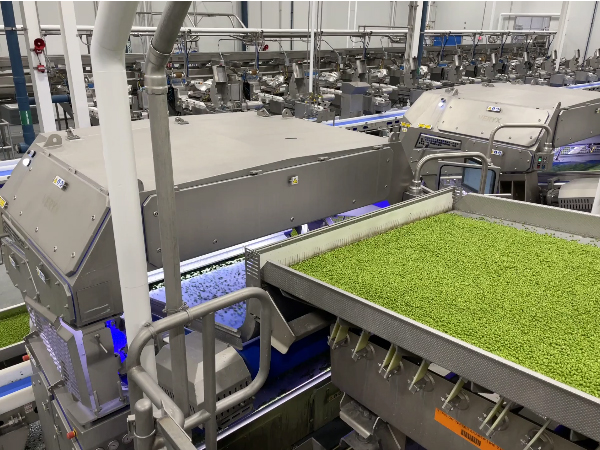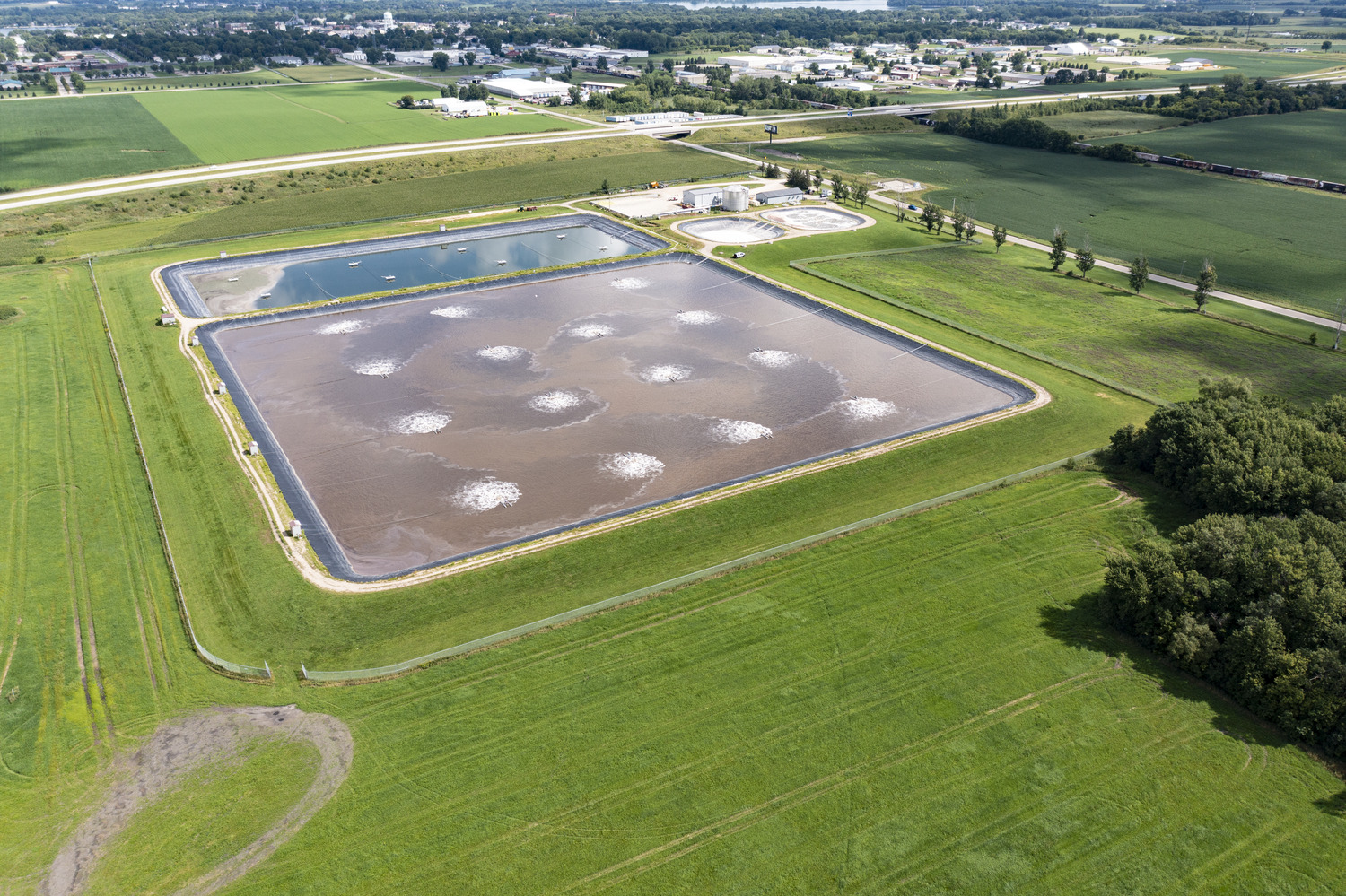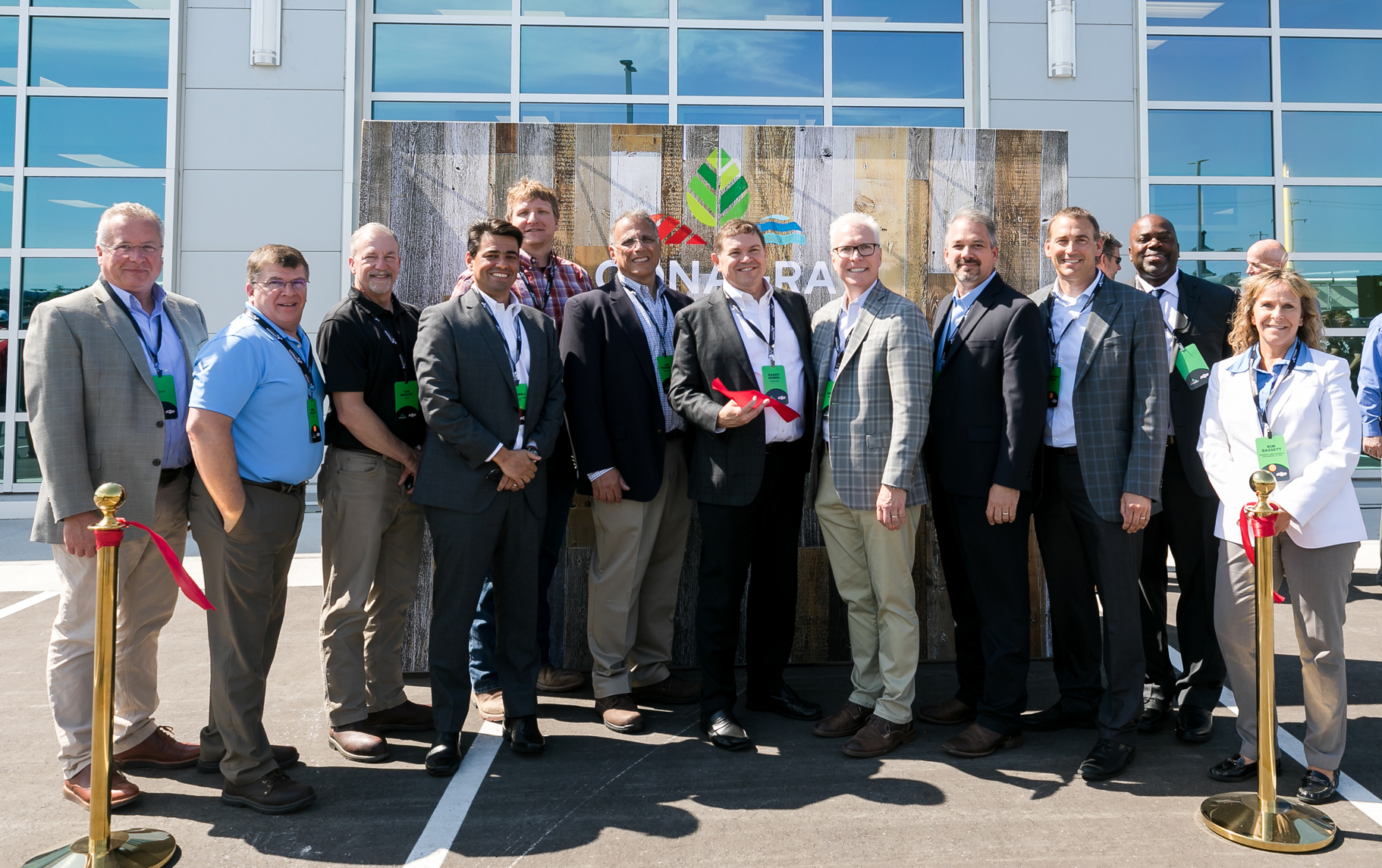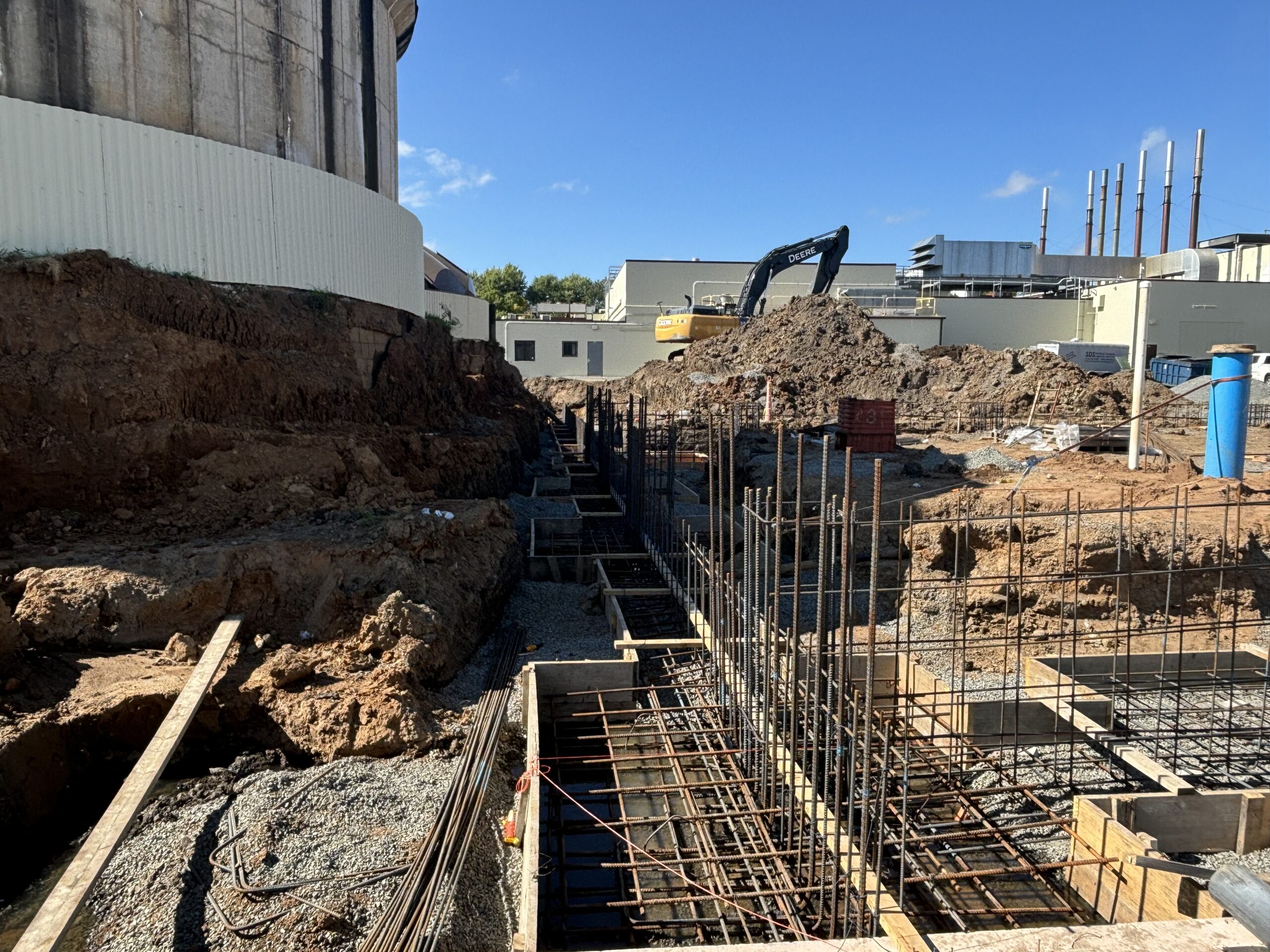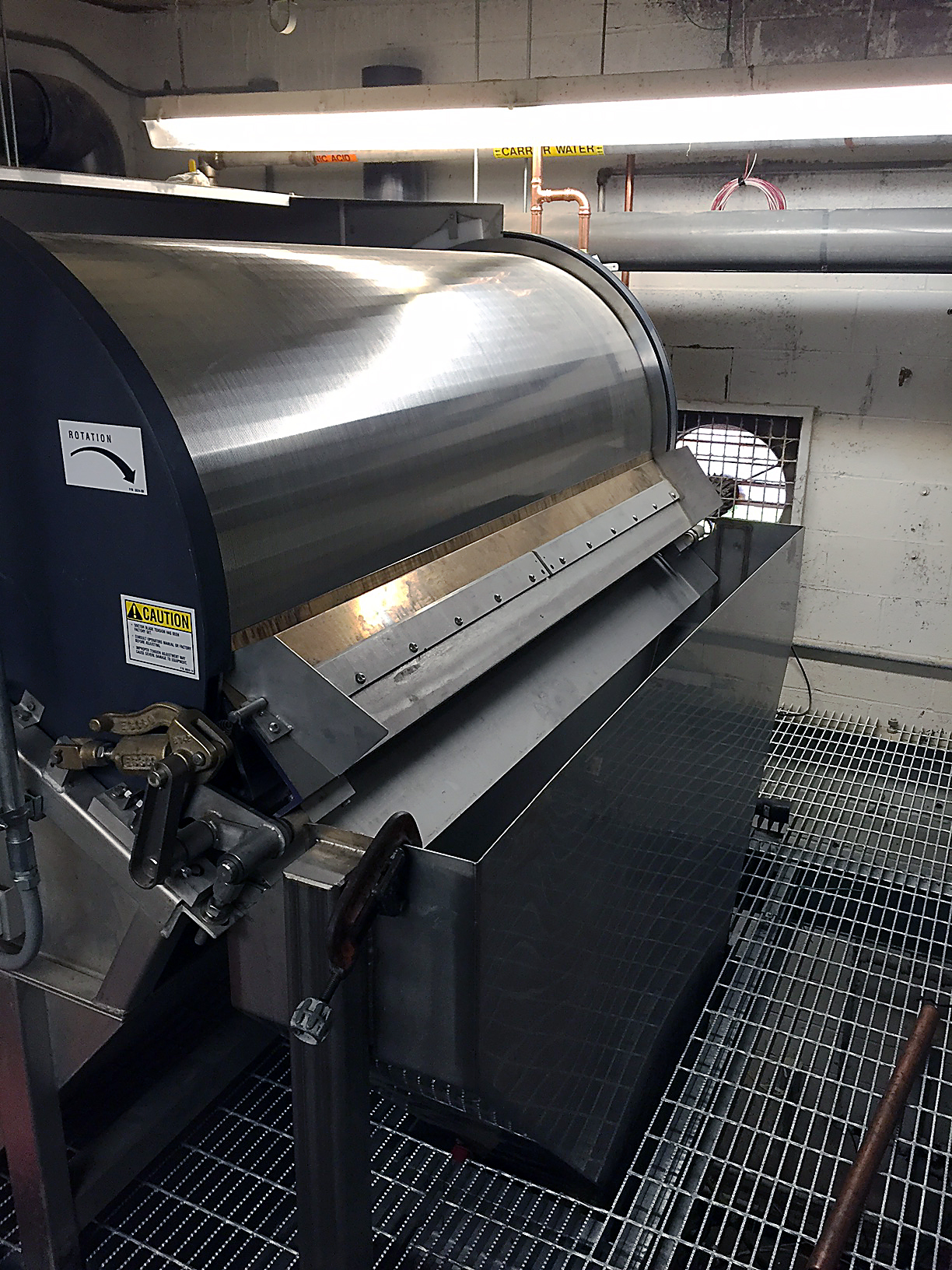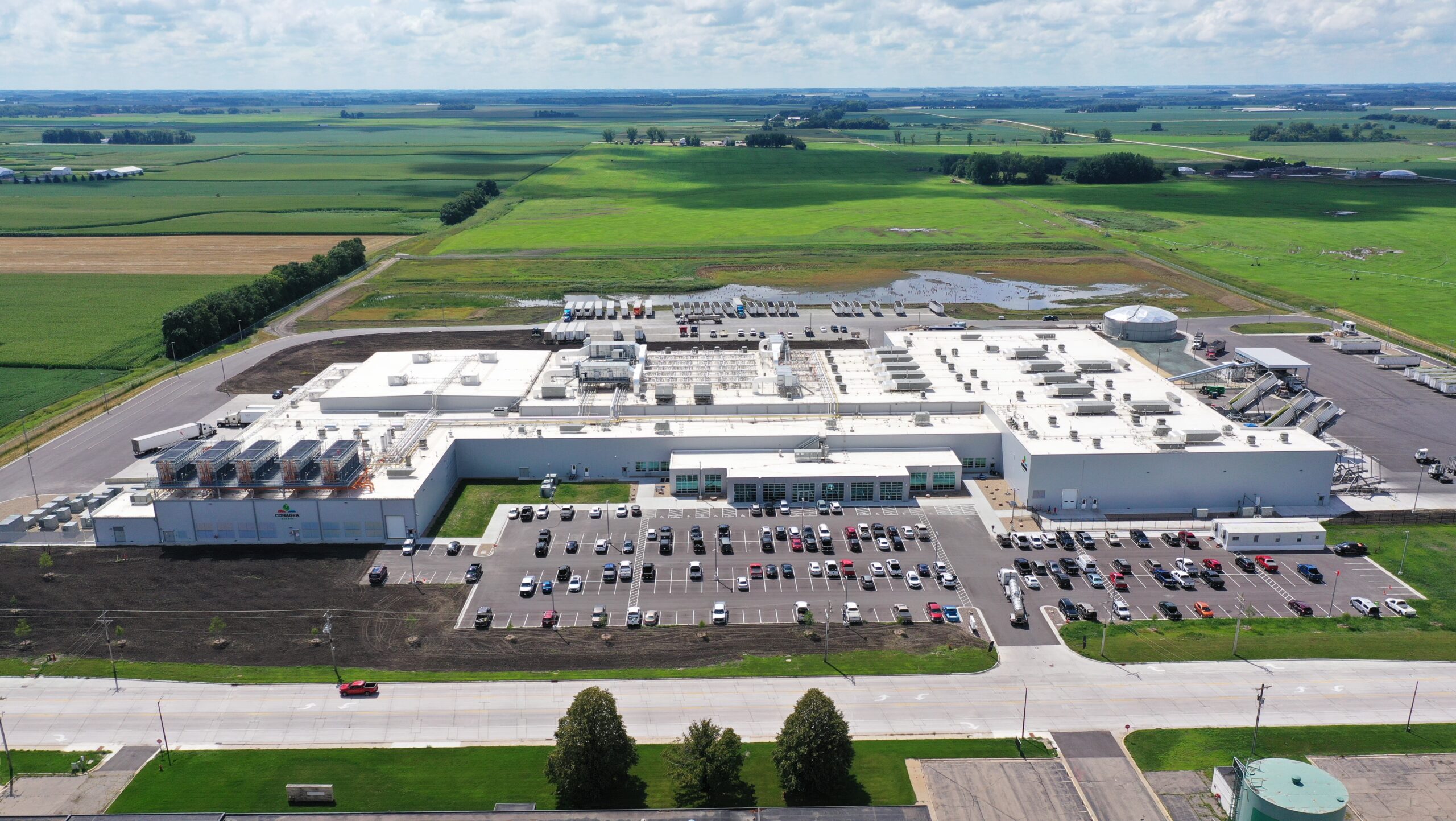
Background
When one of North America’s leading branded food companies needed to replace an outdated processing facility with a new 245,000-square-foot building, they faced a unique challenge. In addition to the typical project constraints set by time, budget, and functionality, they needed to finish in time for harvest.
The Conagra Brands vegetable-processing plant in Waseca, Minnesota had reached the end of its useful life and the company had decided it would be more cost-effective to build a new plant instead of refurbishing the existing one. Technology had come a long way since the original plant was built, so there were opportunities to automate some of the manual processes to create greater efficiencies and enhance food safety throughout.
Conagra Brands did not need automation to reduce its Waseca workforce; it needed automation to make better use of the workforce it had. They saw advanced technology as a tool to keep jobs in the community while attracting new workers, and to improve productivity and modernize food safety practices throughout its operations.
The primary goal of the processing plant is to get produce from the field to the freezer as quickly as possible to retain freshness. One way to help improve the time factor was to limit the distance between the processing plant and the fields where the produce was grown and harvested. Constructing the processing facility in a greenfield space adjacent to the fields made this possible.
Perhaps the most challenging aspect of this project was its focus on the processing equipment and technology involved in the operation. For typical construction projects, the focus tends to be on the building itself. In this case, optimizing the layout of the equipment inside the building was a higher priority, and this made it a perfect fit for a design-build approach.
Approach
Conagra Brands elected to use a design-build approach to manage this project, which led with engineering and identified a single source of accountability. A traditional approach—using a general contractor to manage the project and the subcontractors—was unlikely to get the project done in time for the harvest.
As the project leader, Foth was the single point of contact and assumed responsibility for all facets of the project. With an average of nearly 250 contractors on site each day and more than 1,100 people involved overall, it’s plain to see how a single point of contact simplified Conagra Brands’ risk management responsibilities and general oversight of the build.
Foth utilized in-house engineering resources across multiple service lines and disciplines to quickly develop a design that situated all the processing equipment in its most efficient location. This led to solutions that general contractors might not have seen so quickly.
For example, Foth was able to specify the location for several hundred underground power conduits and drainage pipes. Putting the conduits and drains underground created a clean, safe, and sanitary working environment. This also eliminated the ongoing cost for sanitation of overhead components. Because these accommodations for the processing equipment were considered well before construction began, the overall project timeline was reduced.
Foth engineers also identified opportunities to revise process-related aspects of the facility that improved its functionality. In one area of the plant, the existing facility only allowed for a manual fill-and-tote process for its three processing lines. Foth designed a fully automated system that also eliminated the 10 scales used in the process.
Another highlight of the project was a highly technical product-sorting system designed by Foth and OEM engineers to ensure the best produce enters the blanchers. The system uses a series of cameras and air jets to evaluate the continuously flowing product line and reject the off-color product.
It was because of the design-build, single-source project management approach that those improvements could be made rapidly, without slowing other aspects of the project.
Results
Through this approach, essential activities like site-selection, permitting, bidding, and vendor selection were all handled under one roof in a timely fashion. Any problems that arose were quickly resolved because of the multi-disciplinary nature of the project team. This team faced a global pandemic, supply chain issues, commodity price fluctuations, and weather challenges and still completed the project in time for harvest and within budget.
Conagra Brands was extremely pleased with the process and the results. Their new 245,000 square foot processing plant will help them feed families across the United States by producing 185 million pounds of corn, peas and rice every year – higher yields than originally expected.
The upgrade also contributed to achieving Conagra Brands’ sustainability goals by reducing water consumption at the plant by 25%.
While the main project goal was to engineer a facility capable of producing a high volume of product throughput, the health and safety of the people involved was of paramount importance. Over the duration of this engagement, Foth was responsible for the well-being of more than 1,100 individuals who combined to log nearly 700,000 safe working hours.
Construction Specs
- $250+ million project
- 1,100+ people worked on the project
- 250 contractors on site daily
- 688,618 safe working hours
- 245,000 square feet
Facility Specs – Annually
- 120 million pounds of cut and cob corn
- 45 million pounds of peas
- 20 million pounds of rice
- Decreased water consumption by more than 25%
Markets: Consumer Products, Food and Beverage
Services: Design-Build / Alternative Project Delivery, Engineering for Product Manufacturing, Reshoring, Water and Wastewater

